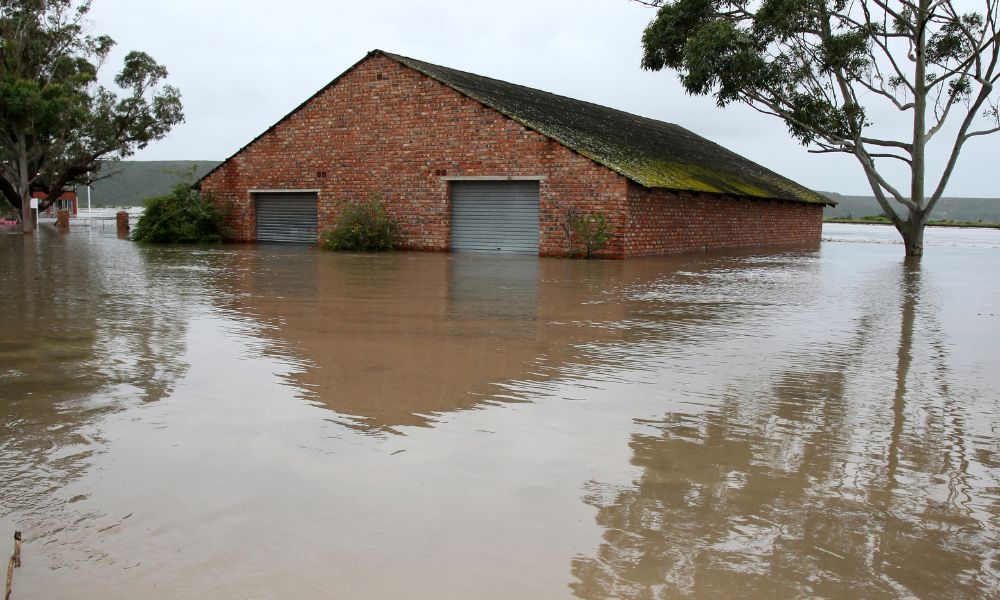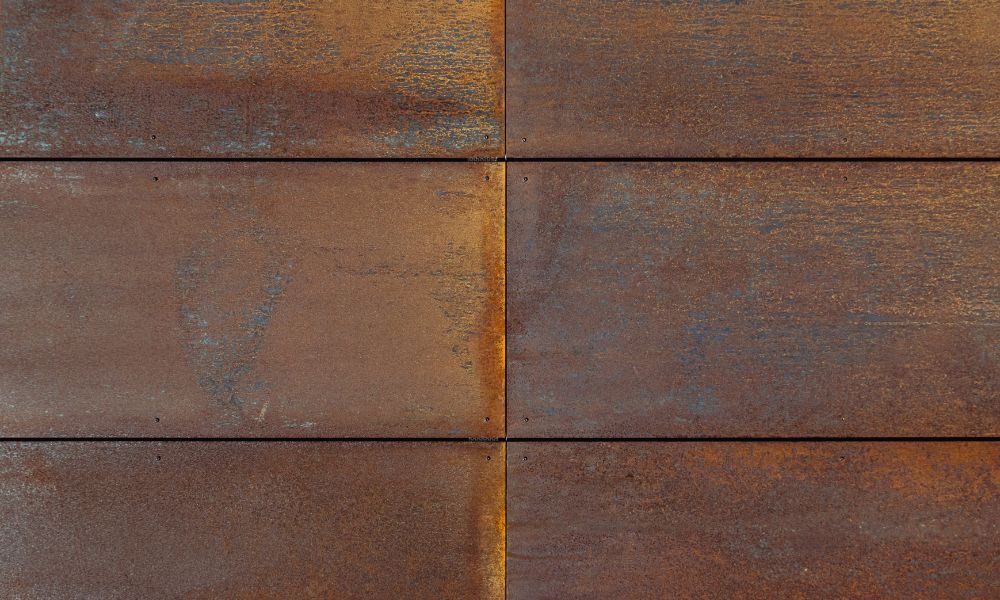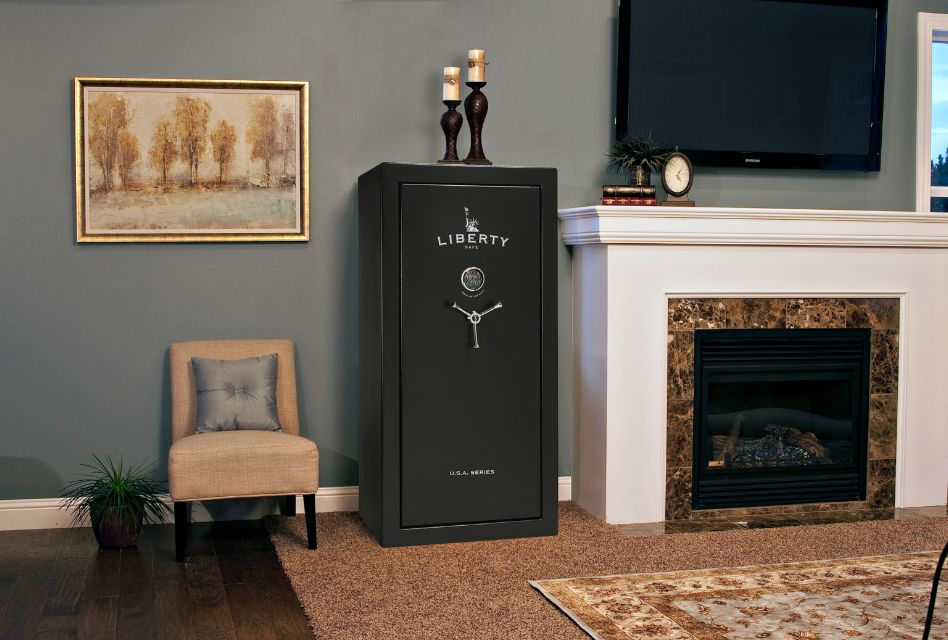It’s no secret that a gun safe with a waterproof rating is something that would be highly desired! Not only would your safe have a fire rating, but you could be rest assured that your items will be safe, even during a flood situation. However, unfortunately, very few gun safes on the market today offer any form of water resistance, and definitely are not waterproof.
So why aren’t fire-rated gun safes water resistant? Ultimately, it comes down to how a gun safe is built; there are mandatory holes throughout the safe, which still maintain fire resistance but do a terrible job of water resistance.
Let’s talk a bit more about that!
Jump to:
Where does water get into the safe?
1. Dehumidifier Hole
Almost every gun safe on the market has a dehumidifier hole. This is generally meant to give you the ability to run a small cord through the hole, and connect a dehumidifier to the other end (on the interior of the safe). This plays a big role in making sure that the humidity in your air does not settle on your firearms, causing rust and pitting.
However, that hole has to be almost to the bottom of the safe, meaning any amount of flooding will allow water in. Unfortunately, you cannot place the hole higher on the safe, as the dehumidifier needs to be on the bottom of the safe to be effective.
To build on that thought, this hole also plays a role in the electronics of a safe, as many gun safes offer an A/C adapter in place of the dehumidifier hole, so you can charge things like laptops or tablets while protected in the inteiror.
2. Through the top of the safe
Many gun safes have a small hole in the very center of the top of the safe. While it may seem necessary for airflow, it ultimately has nothing to do with that and more about the manufacturing process. Companies like Browning Pro-Steel carry gun safes around their facility with a chain that is mounted to a hook at the top center of the safe. Once this hook is removed, it leaves a hole in its place. I’m sure it does assist slightly in airflow, but that isn’t its primary role.
3. Around the door seals
The final place that allows water into the safe is around the door seal. While the Palusol door seals expand to keep heat out in the case of a fire, they won’t expand when they come in contact with water. While manufacturers do their best to give a tight fit with their doors, in the end, it’s impossible to fully make the seal water-tight without making it too difficult for a normal person to close the door easily.

What safes are waterproof?
While generally speaking, a gun safe isn’t waterproof, there are some safes out there that offer this feature.
The first that comes to mind is Stack-On with their Total Defense Series. While I don’t normally recommend a Stack-On safe on this site, this series is one of their better ones and is one of the few safes in the whole industry that offers a fire rating.
If the Total Defense doesn’t quite work for you, I stumbled upon another gun safe that offers this feature! The Wasatch safes are mid- and low-range gun safes like Stack-On, but they also offer a waterproof rating.
Finally, if you aren’t in need of a full-size gun safe, there is the Sentry Safe SFW123CS, which is basically a home safe. It offers both a fire rating and a waterproof rating.
How do you make your current safe waterproof?
Okay, so you may never really have your safe become truly waterproof, but you can take some added precautions if this is something you worry about.
If this were a concern of mine, I would recommend doing the following.
1. Raise the safe off the ground.
Add a little bit of height to the safe. If you can build yourself a little platform out of wood or cement, you should be able to get yourself a couple of extra inches of height in the safe.
This will mean if your basement floods, it will not immediately flood into your gun safe and allow you to have time to react.
2. Seal off the safe
I would take some time to seal off any holes in the safe that can be sealed. As mentioned earlier, the dehumidifier hole in the back is a great place to start, as well as the hole in the top of the safe.
3. Put your safe on the second story.
The best thing you can do is to put your safe where you don’t have to worry about water.
A second story on a home is going to be the best place to do this! However make sure you keep in mind that a safe is crazy heavy, and you should be double sure that floor can handle the weight of the safe before doing that.
4. Keep items that can be damaged by water in a waterproof bag.
While this doesn’t fix everything, make sure to keep any small items like paper and electronics that can be damaged by water in a waterproof bag.


